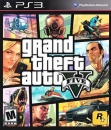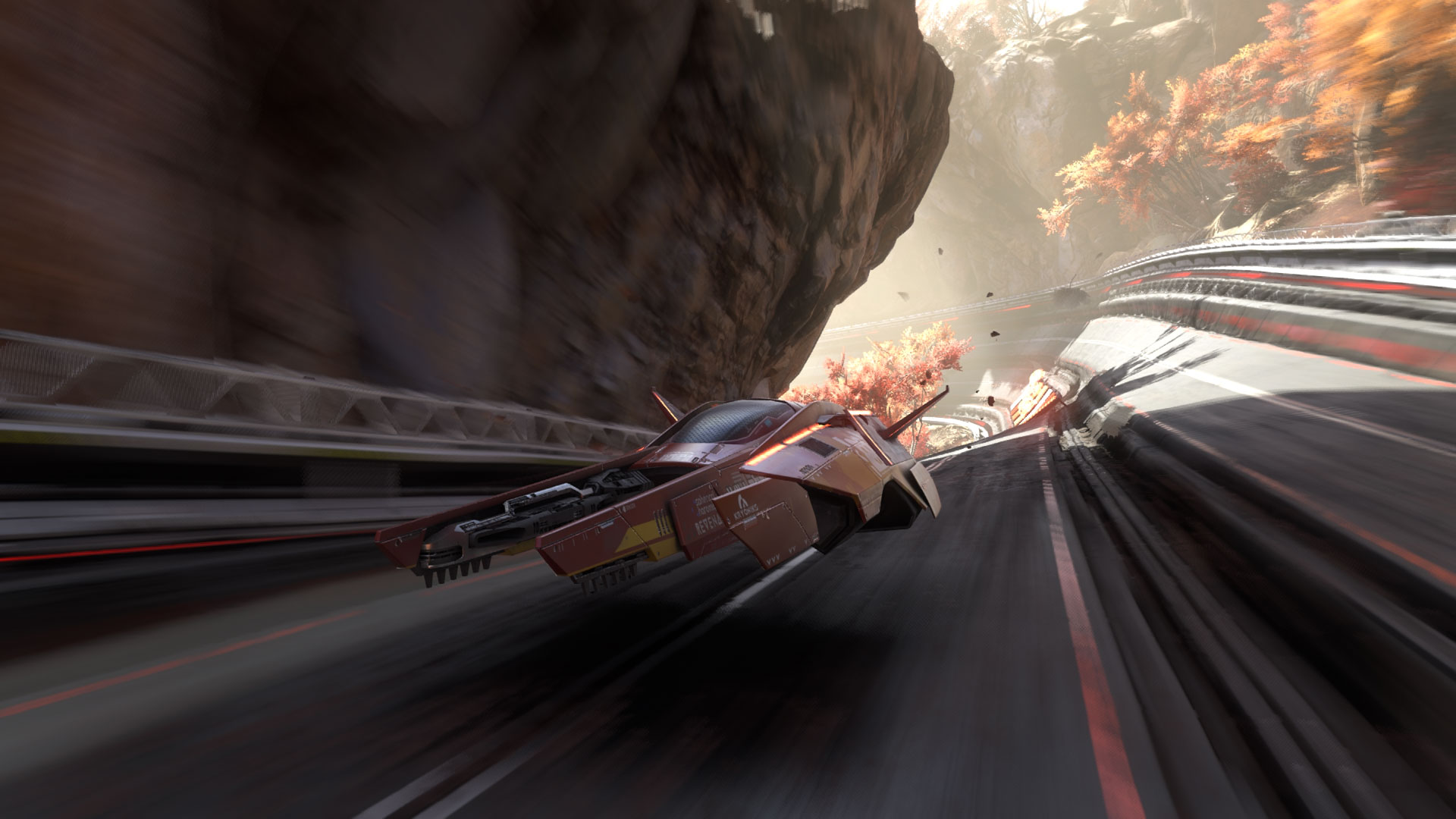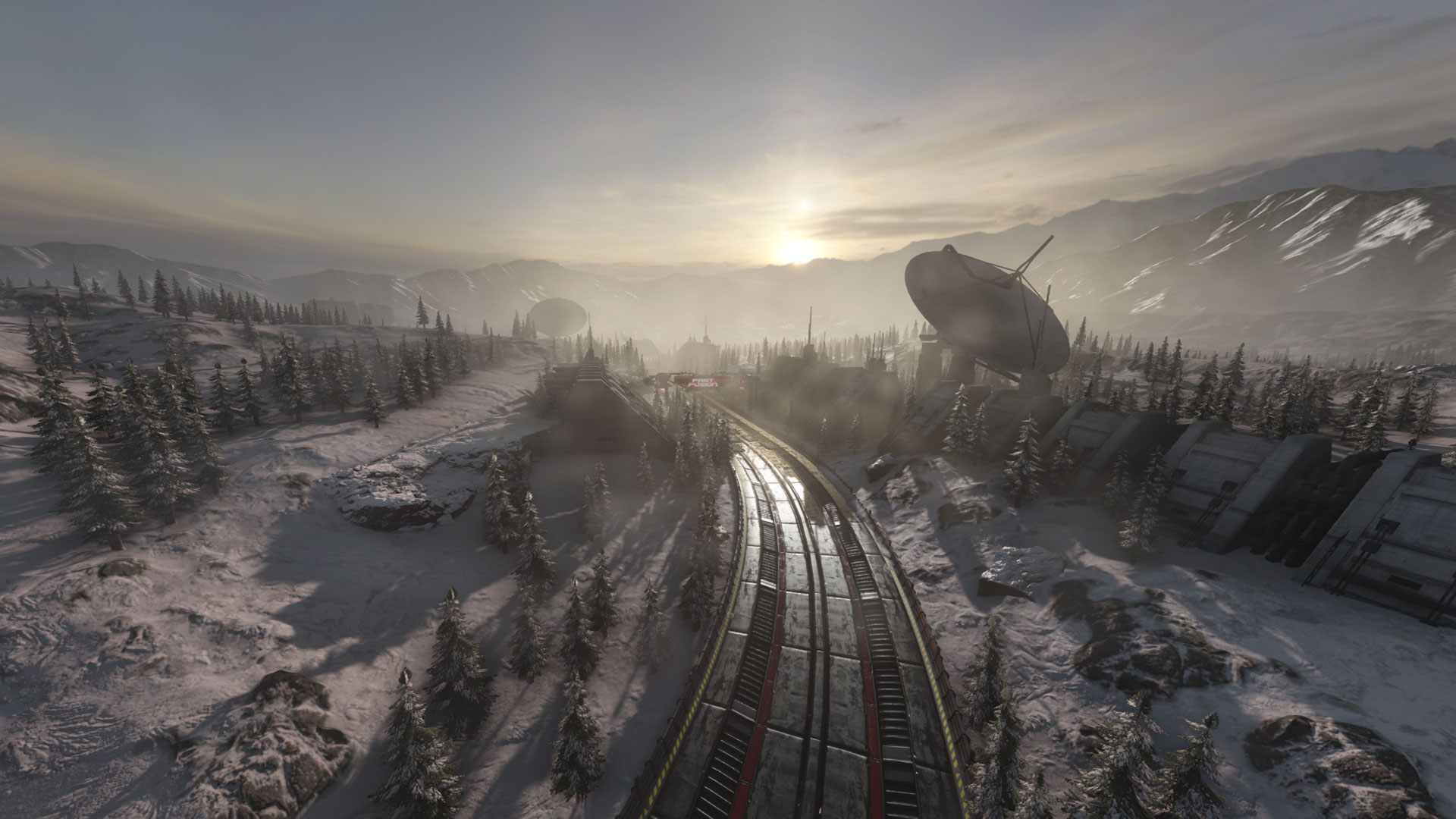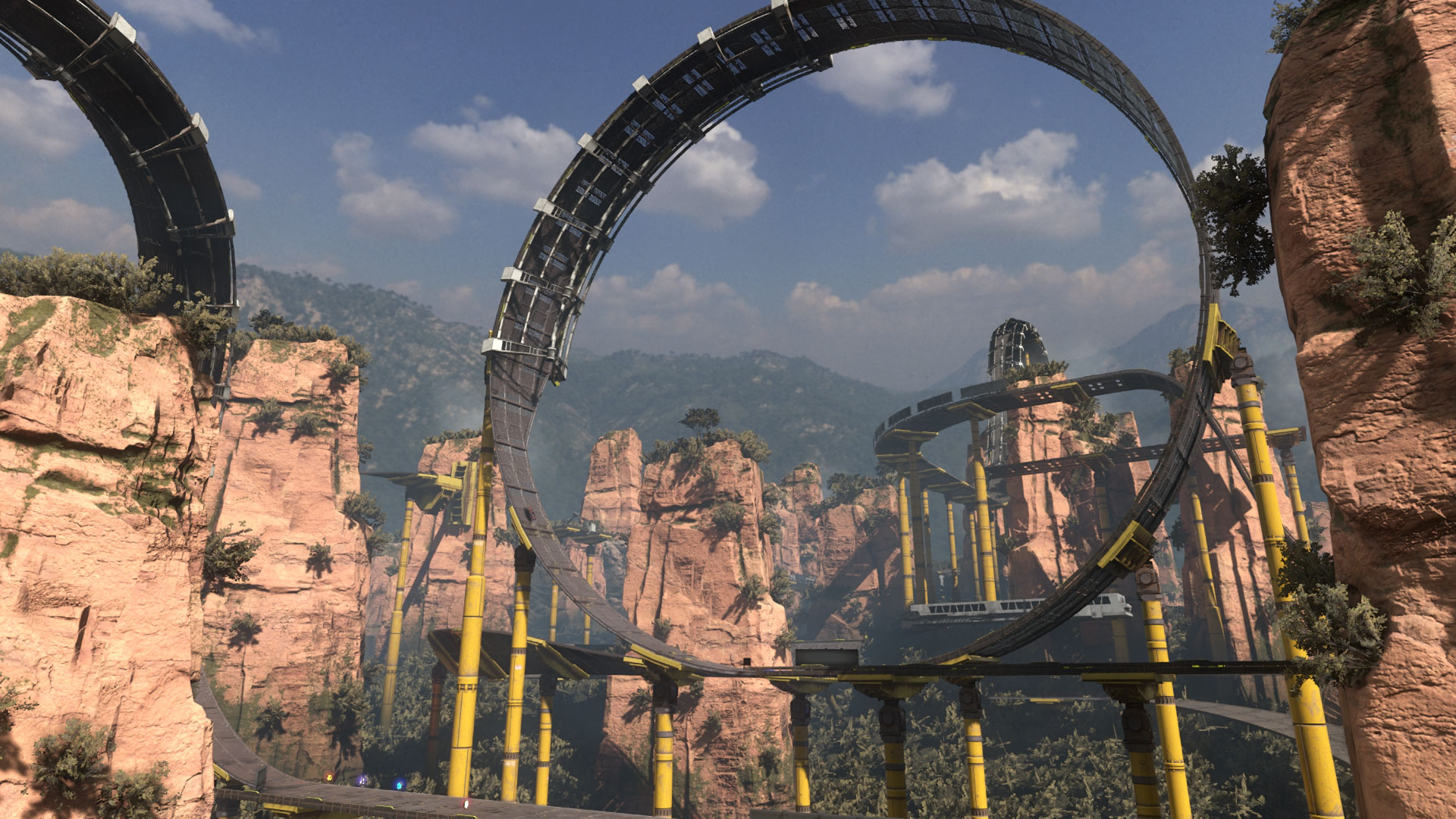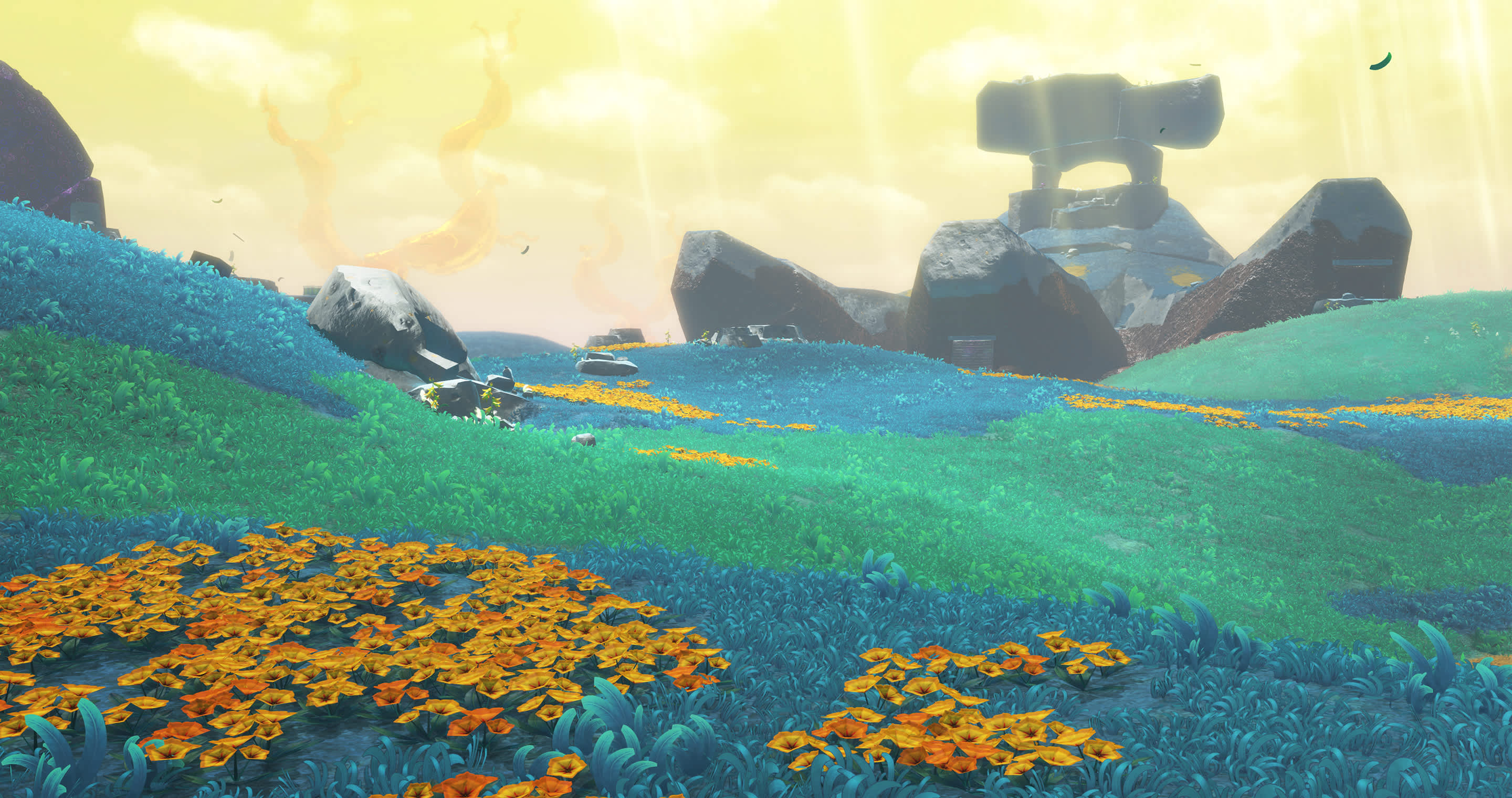sc94597 said:
The T239 is a custom chip designed specifically for the Switch 2. I very much doubt they're going to have dev kits with 12SM (and design a chip around having that many cores) and reduce the real core-count by half. That would make it very hard for developers to optimize their games given that the real chips only have half the performance. It would also be a waste of R&D on Nvidia and Nintendo's part.
I wouldn't be surprised if Mario Kart 9 (or whatever it is called) is cross-gen so I wouldn't base much off of it, but even if it weren't Mario Kart games haven't been top-of-the-line in terms of graphics for a system since the Gamecube or NDS. |
The original Switch had 5 different development kit specs I think and I believe before it was launched their were leaks of those boards which had more more memory and more performance. I think there were development kits with both 6GB and 8GB of memory. I'm not convinced at all that the Switch 2 will launch at the height of people's expectations. I think Nintendo are benefitting from people confusing development kit spec with final retail spec which will be much weaker. Why go for a cheap 8Nm fabrication process if you are going to push for such a high spec that will burn through battery life quickly? It doesn't really matter what the t239 is capable of at maximum performance, like Intel and other chip makers they simply reduce active functionality on the silicon to have extremely high yields. If they want half the active Cuda cores for battery life, cost and reduced heat that is a choice they can make. Development kits normally have a feature to test at retail spec even if the development kits are much stronger in performance.
I remember when I had a wii u almost from launch and it was something like 5 years after the 360 and PS3 that happened. Many games were much weaker on wii u than ps3 or 360. Sonic transformed was something like 640p compared to higher resolutions on the other consoles. The sound wasn't as good and loading was longer. The frame rate wasn't brilliant either it suffered from some dips which the ps3 also suffered with but the 360 provided a much more consistent performance. There were many third party games that suffered like that compared to the other 2 much older consoles. The PS3 was offering amazing surround sound in 7.1, but often the wii u felt like it was purely 2 channel. Relying completely on optical disc meant much slower loading. People claimed it had a much better GPU that wasn't utilised but in the end it was confirmed it had a 176 Gflop gpu much weaker than those consoles in raw power and there was never any debate that the wii u had lower CPU resources. The only thing it really benefitted from was its 1GB of memory for the gaming side. Thanks to Nintendo's great optimisation of weak hardware though it still had a good version of Zelda Breath of the Wild. I still think Zelda Windwaker on the Gamecube is a visually stunning game and I think that GPU was only around 8 Gflops. Nintendo knows how people's expectations work and it is in their interests to allow them to think one of their systems is more powerful than it actually is.

































